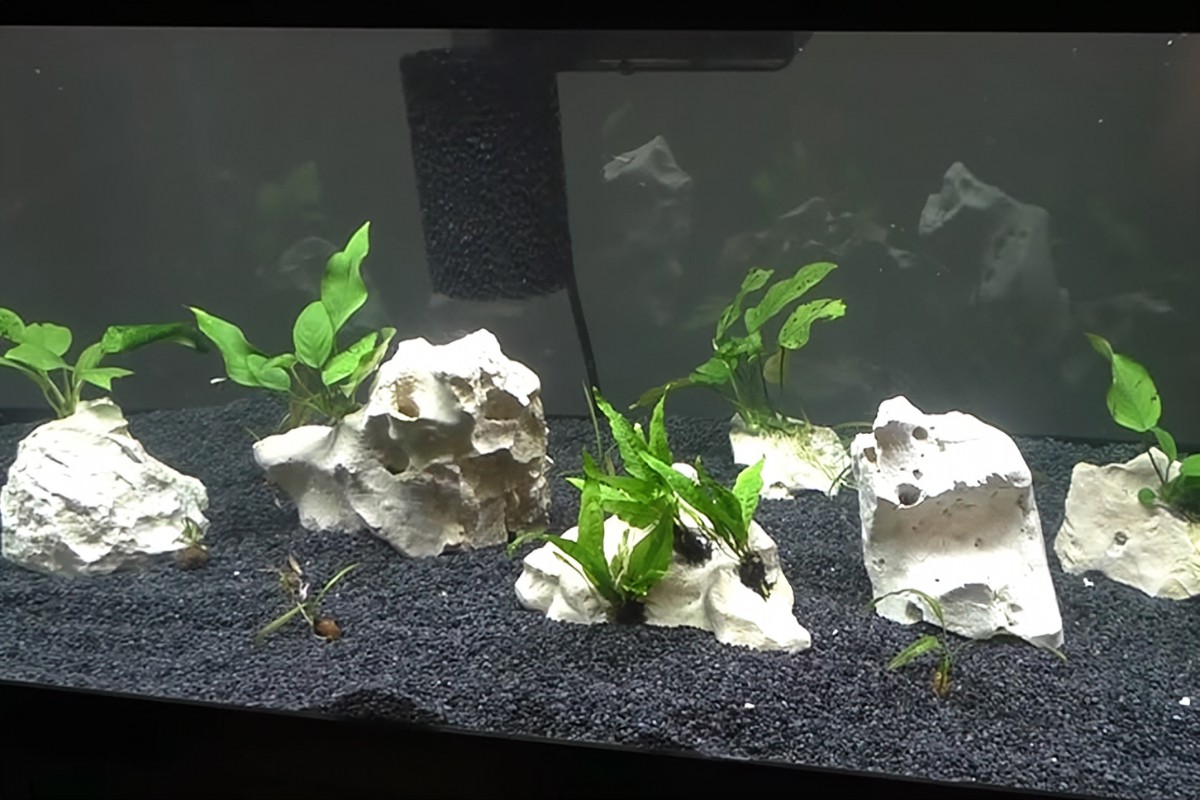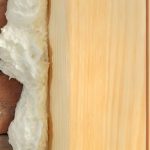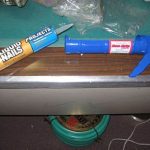If you are looking for a way to add a unique and natural look to your aquarium, then gluing java fern to rock is an ideal solution.
This process is not as difficult as it may seem, and with a few simple steps, you can have your aquarium looking great in no time.
Java fern is a hardy plant that will attach itself to rocks and driftwood in the aquarium.
It is also very easy to care for and can help keep your tank clean by absorbing nitrates from the water. By gluing the java fern to the rock, you can create a unique look that will last for years.
In this guide, we will discuss how to glue java fern to rock so that you can get the most out of this beautiful plant.
What is Java Fern?
Contents
Java fern, also known as Microsorum Pteropus, is a species of aquatic fern native to tropical and subtropical regions of Southeast Asia.
It is an evergreen plant with long, slender fronds that can reach up to 30 cm in length. The leaves are dark green and have a leathery texture.
Java fern is an ideal choice for aquariums because it is hardy, easy to care for, and does not require any special lighting or fertilization.
Benefits of Gluing Java Fern to Rock
Gluing java fern to rock can be beneficial for your aquarium in many ways.
Firstly, it can help to create a more natural-looking environment for your fish and other aquatic life. Secondly, the java fern will provide shade and shelter for your fish, as well as a place for them to hide from predators.
Thirdly, the rock will act as an anchor point for the java fern, preventing it from being swept away by the current or floating around in the tank. Finally, gluing java fern to rock can help to keep the water clean by providing a surface on which beneficial bacteria can grow.
What Materials are Needed?
To glue java fern to rock, you will need some basic materials such as aquarium-safe silicone sealant or super glue gel, scissors or razor blades, aquarium-safe rocks or driftwood, and of course some healthy java fern plants.
You may also want to have some tweezers on hand for handling delicate fronds and rhizomes.
How to Glue Java Fern to Rock
Preparing the Rocks
Before you begin gluing java fern to rocks, you should make sure that your rocks are clean and free of any debris or dirt.
If necessary, rinse them off with fresh water before proceeding with the next step.
Once they are clean, you can use a razor blade or scissors to remove any sharp edges that could potentially damage the leaves of the java ferns when they are attached.
Attaching the Java Fern
Once you have prepared your rocks and gathered all of your materials, it’s time to attach the Java ferns!
Start by selecting a healthy plant with strong roots and cutting off any dead leaves or stems with scissors or a razor blade.
Then carefully apply a thin layer of silicone sealant or super glue gel onto one side of the rock where you would like the Java fern to be attached.
Next, use tweezers to carefully place the rhizome on the adhesive and press down gently so that it adheres properly.
Allow it to dry completely before moving on to the next step.
Securing the Java Fern
Once you have attached your java ferns to their respective rocks using adhesive, it’s important to secure them in place so that they don’t float away or become dislodged during water changes or other maintenance activities in your aquarium.
To accomplish this, tie each plant securely around its rock base with fishing line or cotton thread, being careful not to tie too tightly as this may damage the roots.
Alternatively, if you don’t want visible ties in your tank, you could use aquarium-safe glue instead—just make sure that it won’t harm any of your fish if ingested.
Placing Your Java Ferns
Once all of your Java ferns have been secured in place on their respective rocks, it’s time to place them in your aquarium.
Make sure that each plant has enough space around it so that its leaves won’t be crowded by other plants or decorations; this will help ensure that they receive adequate light and nutrients from their surroundings without becoming overcrowded themselves.
You may also want to consider placing some rocks around each plant to provide additional support for its roots and prevent them from becoming dislodged during water changes or other maintenance activities in your tank.
Maintaining Your Java Ferns
Now that all of your Java ferns are securely glued onto their respective rocks and placed into your aquarium, it’s important to maintain them properly so that they stay healthy and continue providing benefits for your aquatic life.
To do this, make sure that they receive adequate light as well as regular water changes. This will help ensure that they remain vibrant and lush.
Additionally, you should trim off any dead leaves regularly to prevent them from decaying and releasing harmful toxins into your tank water.
Troubleshooting Common Problems
It’s important to remember that even though gluing java fern onto rocks is a fairly straightforward process, there may still be times when things don’t quite go according to plan. If this does happen, don’t panic! Here are a few troubleshooting tips that can help you resolve the problem:
The Java Ferns Are Floating Away
One of the most common problems when gluing java ferns to rocks is that the plants float away and become dislodged during water changes or other maintenance activities in your aquarium.
If this happens, you can easily remedy it by tying the plants securely around their rock bases with fishing lines or cotton thread.
Alternatively, you could use aquarium-safe glue instead—just make sure that it won’t harm any of your fish if ingested.
The Java Ferns Are Not Growing
Another problem that can occur when gluing java ferns to rocks is that their leaves don’t grow properly or stop growing altogether.
If this happens, you should try fertilizing them using a liquid fertilizer made for aquatic plants.
Follow the instructions on the bottle to make sure that the plants receive an adequate dose. If the problem persists, call a local fish store to see if they have any plants that you can purchase.
The Java Ferns Are Dying
Finally, if all of your Java ferns start to die off in the aquarium after they have been glued to rocks, then there may be something wrong with the water conditions in your tank.
Try changing some of your tank water, adding more nutrients, and performing a water change to see if that helps the problem.
If not, then it may be best to consult a pet store or your local aquarium club for further assistance.
Conclusion
The process of gluing Java Fern to rock is straightforward.
It involves preparing the rock, attaching the plant to the rock, and then gluing it in place. To prepare the rock, it should be soaked in a solution of hydrogen peroxide and water for several minutes before being scrubbed and rinsed.
The plant should then be attached to the rock with fishing line or thread, and then glued in place with aquarium-safe glue.
With this method, Java fern can be securely attached to rocks and will remain firmly in place for many years.
This method is an effective way to add a unique touch to any aquarium setup and can help create a beautiful display that will last for years.






